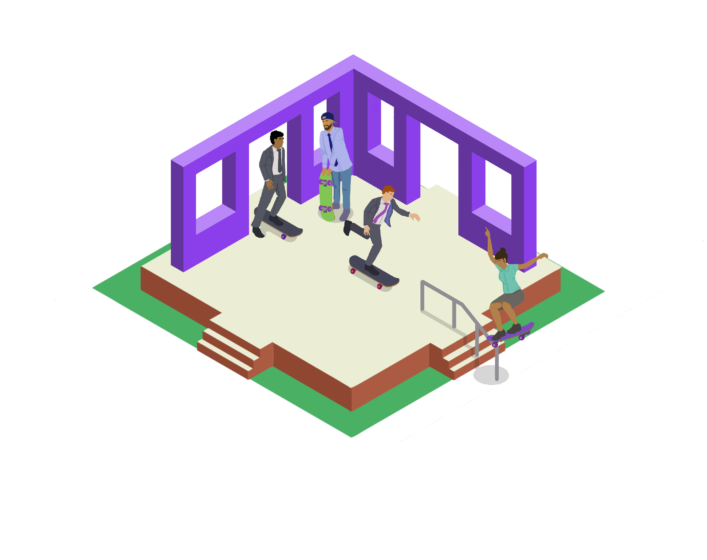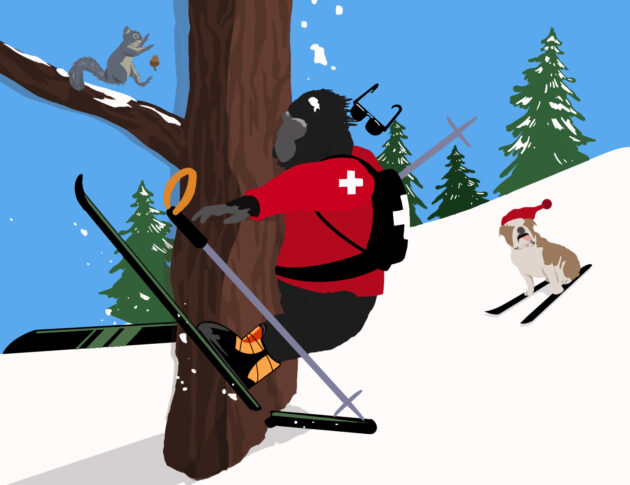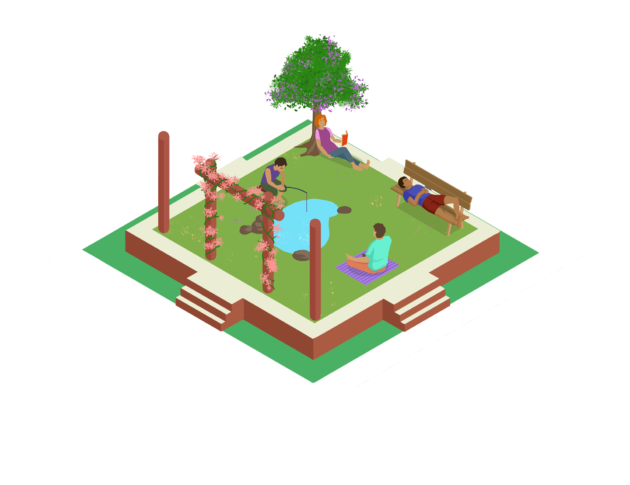08 February 2022 / Share
Resilience by Design Chapter 10: Flow

Until recently, the highly focussed states of elite athletes, prolific authors, inspiring musicians, and great scientists have mostly remained a mystery.
It can seem as if elite performers have a gift or calling, outside of their control and supposedly beyond the rest of us.
Flow State
The late Hungarian-American Psychiatrist Mihaly Csikszentmihalyi first named and introduced the concept of flow after interviews with exceptional performers who described their experiences as “like being in water carried along”.
Also described as “being in the zone”, flow is a state of full immersion, energised focus, and complete absorption. It’s in this state that we can operate at the peak of our abilities. We explore flow in detail in Chapter 10 of Resilience by Design.
Often, flow state is synonymous with extreme sports or adrenalin filled activities that carry some sort of risk. We spoke with Tim Emmet, a professional adventurer and climber, about his experiences with flow. One of the world’s top all-around climbers, he’s attained world renown in ice, mixed, rock, deep-water solo, traditional, alpine, and para-alpinism.
Whilst you can find flow in a huge variety of everyday activities, the stories that emerge from those who seek flow in ways such as Tim often elicit examples of the state we can relate to even if we’ve never tried some of the activities described. Read some of Tim’s experiences with flow below.
NO ROOM FOR ERROR

I started BASE jumping as a way to extend the experience of being in the mountains. It was a dream of mine to climb up a big mountain or wall and then fly back down to the ground. I BASE jumped for four years, and there is almost no way to describe the feeling of wingsuit flying through mountain valleys at 100mph.
In the minutes leading up to a launch, my attention is 100% on the smallest details: the wind speed and direction, the state of my equipment, obstacles at the launch area. The adrenaline is building, but it also has to be controlled so that I make good decisions.
This micro-focus and hyper attention to detail are often associated with states of flow, where your ability to make sense of the world around you is exponentially heightened. Even before the jump, Tim is associating into this state.
Check, check, check…
Then the world narrows down to become a single flowing moment.
Step, step, launch…
The chambers in the wings of the suit fill with air and expand, then the initial drop slows, and you begin to glide. Even though there are many small parts in a sequence, in one second it all becomes the moment — one so intense that you can feel it in every cell of your body.
You become like a bird. For a very short duration, you can twist, turn and glide at high-speed–fully free of gravity’s restrictions. Pulling the chute always comes with a moment of trust and hope and as the flight slows under the canopy, the focus becomes landing safely, often amongst rocks and trees.
Once you land, the world opens wide again. All the focus and inner attention moves over to your jump partners and friends, what you just did and the euphoria coursing through your body, often for many hours afterwards.
And then you want to do it all over again.
The resulting internal sensations from experiencing flow state can last for days or weeks in some cases, with people reporting heightened abilities of decision making and creativity long after the event they’d accessed flow.
BASE jumping is ADDICTIVE. There’s nothing else like it. It’s also really, really dangerous. I’ve lost too many friends at the peak of their lives. There’s no room for error, which is what makes the attention requirement so intense. If it wasn’t so dangerous, I doubt we’d experience such flow in the moment.
The consequences of not fully associating in the state of flow when undertaking activities like BASE jumping can be critical. In Resilience by Design, we outline a number of safe ways of getting into flow state without needing to leave your home.
Six years ago my son was born, and I had recently lost another close friend to base jumping and one whose partner was pregnant. It was time to hang up my wings. There are other ways to experience intense flow, though maybe not as all-consuming as wingsuit base jumping.
At least my son knows his dad is coming home.







